Garganega wine, a hidden gem in the world of white wines, originates from the indigenous Garganega grapes primarily grown in the Veneto region of northeastern Italy. With a long history dating back to the Roman Empire, these grapes are responsible for producing a variety of delectable wines, including the renowned Soave and Gambellara. Garganega wines uniquely blend crisp acidity with a luscious texture, and delicate flavors of citrus, almond, and florals, making them a versatile choice for any occasion.
The production process of Garganega wine involves traditional techniques like hand-harvesting the grapes in small quantities, minimizing oxidation, and crafting a variety of styles ranging from light and zesty to rich and complex. Renowned Garganega wine producers take pride in their terroir-driven wines, constantly upholding high standards to produce the finest quality wines from this grape variety.
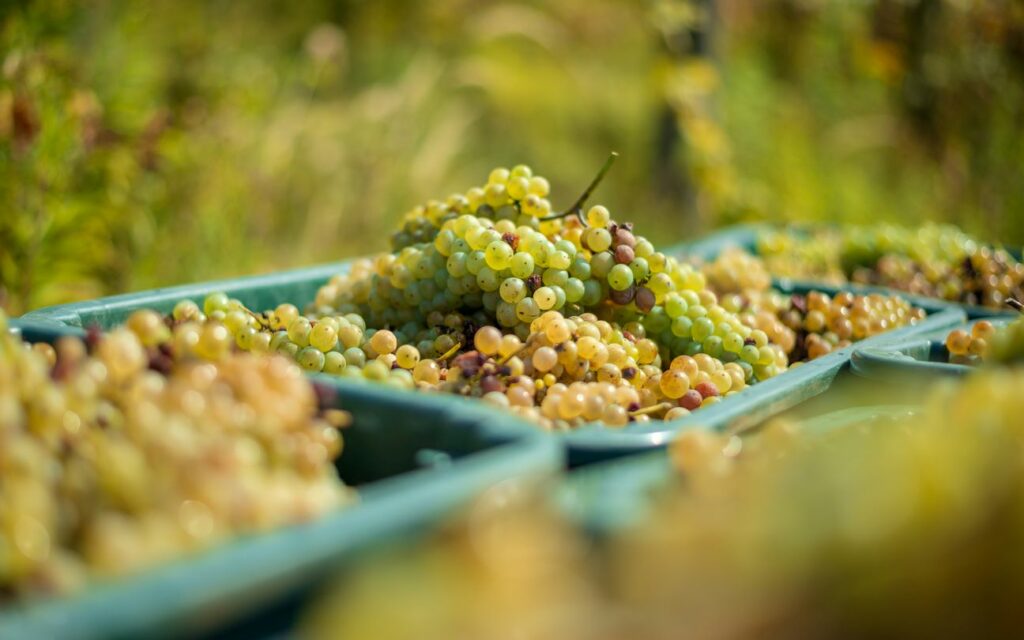
Garganega wines exhibit a diverse range of tasting notes and can seamlessly pair with various cuisines, from light salads to rich seafood dishes. To fully appreciate and enjoy these wines, it is essential to understand proper serving and storage techniques, as well as how to distinguish between different Garganega wine varieties.
Key Takeaways
- Garganega wine, derived from ancient grapes, is known for its versatile range of flavors and textures.
- Production techniques and renowned producers contribute to the high quality of Garganega wine.
- Understanding tasting notes, food pairings, and serving techniques enhances the enjoyment of Garganega wine.
Garganega Grapes
Origins
Garganega is an ancient white grape variety that has its roots in northeastern Italy. Originally from the Veneto region, it is now primarily grown in the provinces of Verona and Vicenza. The Garganega grape is known for its versatile nature and has been cultivated for centuries, with historical records dating back to the 13th century.
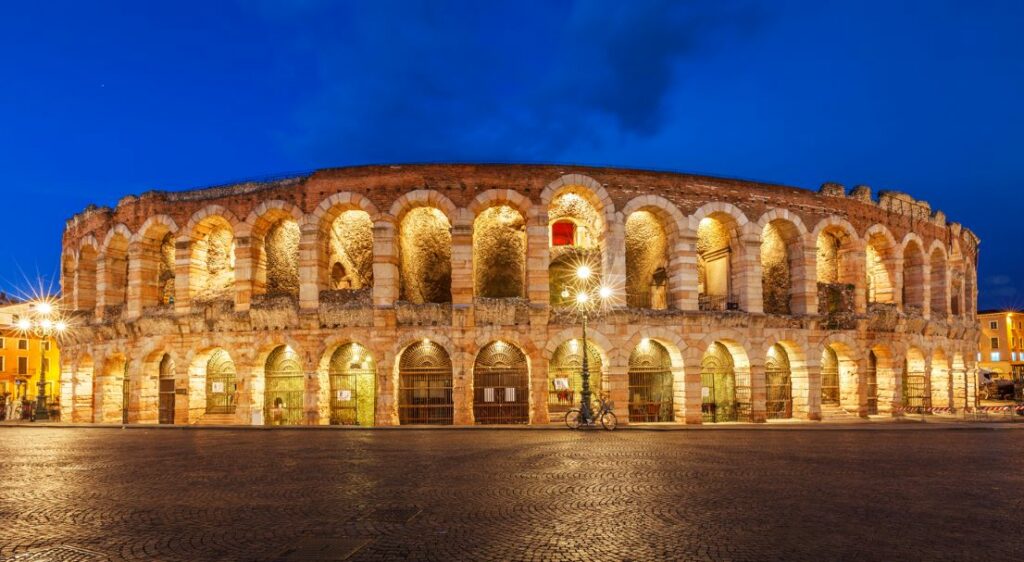
Growing Conditions
Garganega grapes thrive in a variety of soil types, including volcanic, limestone, and clay. These grapes prefer well-drained, moderately fertile soils with ample sunlight. The ideal climate for Garganega grapes is temperate to warm with a long growing season, allowing for full ripening and aromatic development. Garganega vines are known to be vigorous and can become overly productive if not carefully managed, which may result in diminished grape quality.
Here is an overview of the growing conditions:
| Climate | Soil Types | Sunlight Exposure | Vine Management |
|---|---|---|---|
| Temperate to warm | Volcanic, limestone, clay | Ample | Careful pruning needed |
Characteristics
Garganega grapes are recognized by their medium-sized clusters and golden-skinned berries. When fully ripe, the grapes develop a slight pinkish hue. The grape’s high natural acidity ensures a refreshing and balanced flavor profile, making Garganega wines a popular choice among white wine enthusiasts.
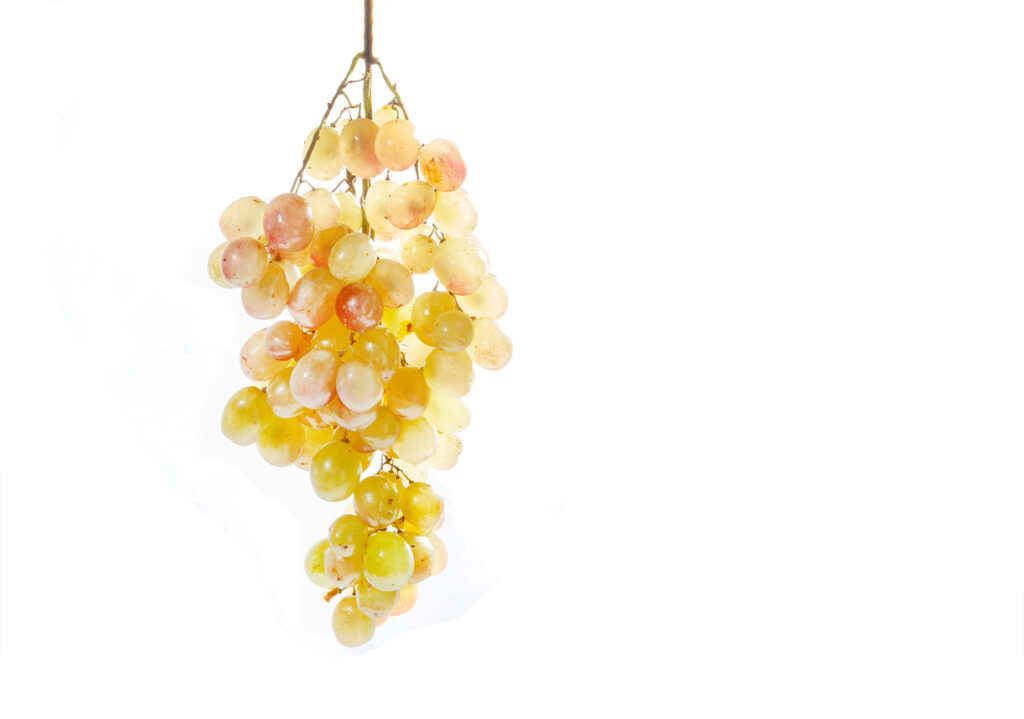
Garganega wines typically exhibit the following characteristics:
- Aroma: Stone fruit (peach, apricot), citrus, floral notes, and hints of almond
- Flavor: Pear, apple, lemon, and a subtle bitterness
- Acidity: High
- Body: Medium
- Alcohol Content: Moderate (12-13% ABV)
- Food Pairings: Seafood, light pasta dishes, creamy risotto, and soft cheeses
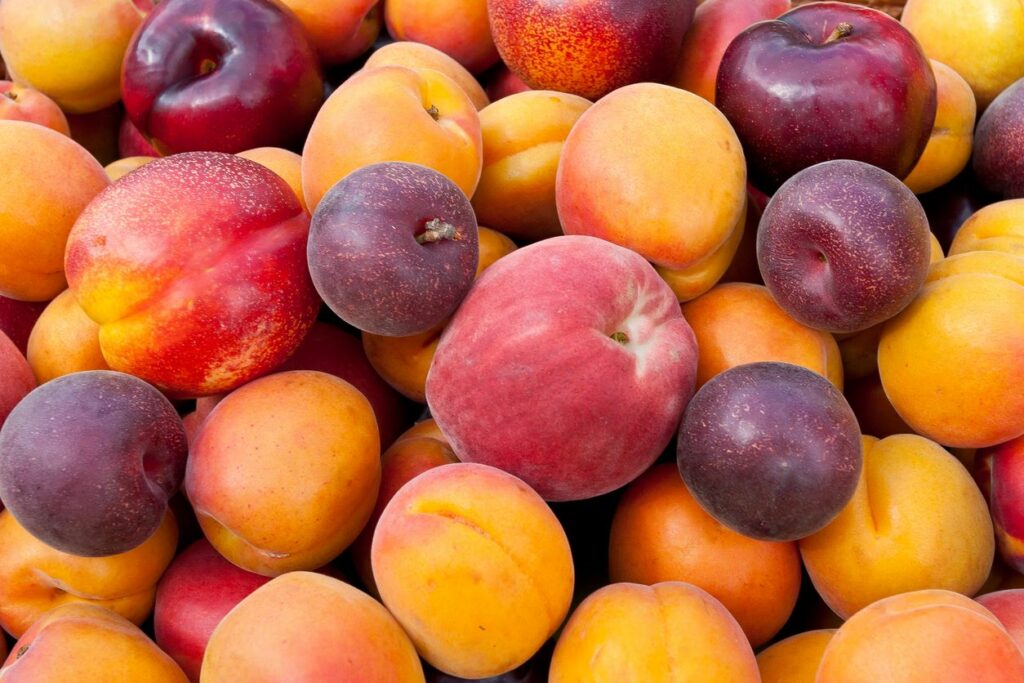
The Garganega grape is most famously used in the production of Soave, a renowned Italian white wine. Additionally, the grape is often blended with other varieties such as Trebbiano and Chardonnay to create well-rounded, complex wines.
Production of Garganega Wine
Harvesting
Garganega grapes are typically harvested between early October and mid-November, depending on the weather conditions. Harvesting is a crucial step in the production process, as it directly impacts the quality of the final wine. Hand-harvesting is still widely used in order to preserve the delicate grape skins and maintain the clusters’ integrity. Garganega vines are usually trained using the traditional pergola system, which provides canopies for shade and allows the grapes to ripen evenly.
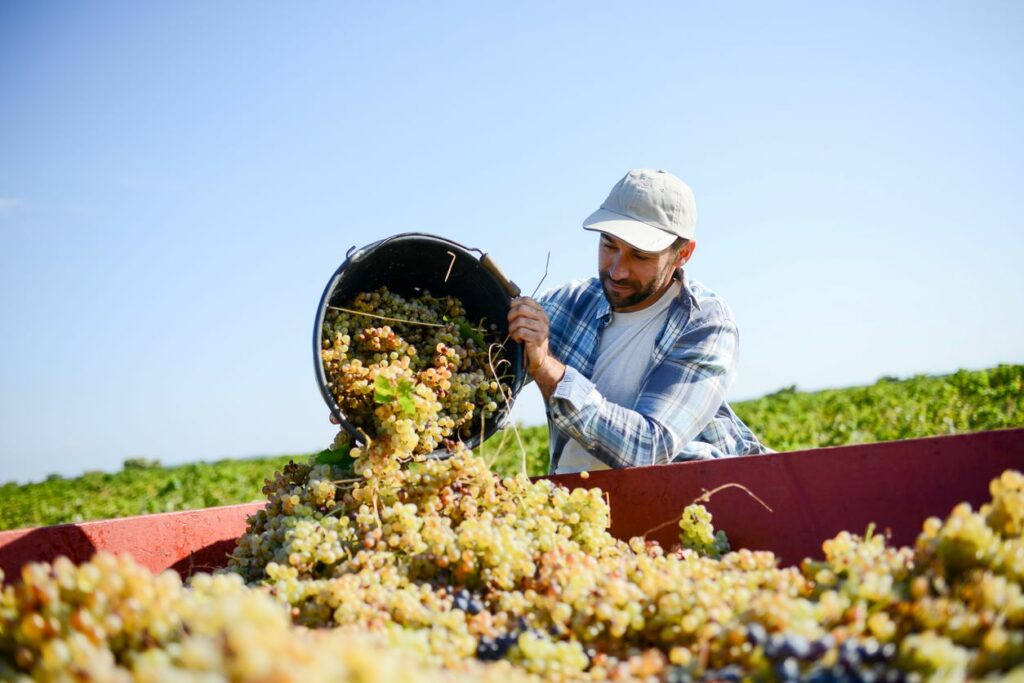
Fermentation Process
Once the grapes have been harvested and sorted, the next step is the fermentation process. This begins with pressing the grapes to extract the juice, followed by the settling of the juice to remove solids. The clear juice is then transferred to fermentation vessels, commonly stainless steel tanks or oak barrels.
The fermentation process itself can take anywhere from two to four weeks and involves yeasts converting the grape sugars into alcohol. The specific yeast strains used and the temperature at which fermentation occurs can greatly influence the final flavor profile of the Garganega wine.
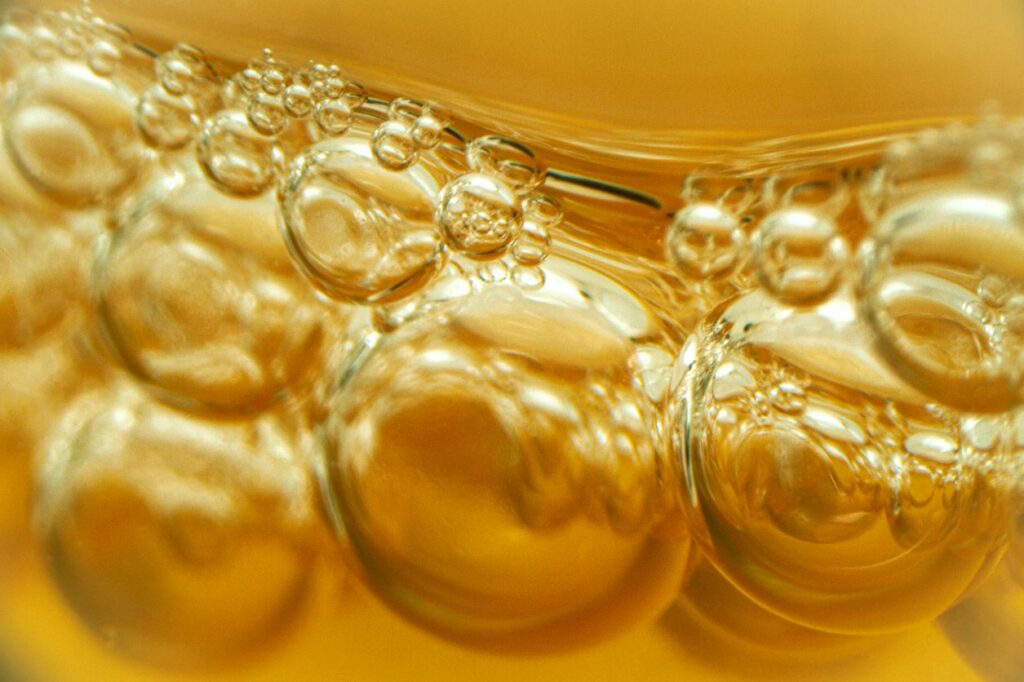
Two common fermentation techniques used in Garganega wine production are:
- Cool fermentation: This method takes place at lower temperatures (12-16°C) and helps to preserve the delicate aromas and flavors of the grape.
- Spontaneous fermentation: This technique relies on the natural yeasts present on the grape skins and in the winery, lending unique and complex flavors to the wine.
Aging
The aging process is essential in developing the character and complexity of Garganega wines. Aging can occur in various types of vessels, such as stainless steel, oak barrels, or even concrete tanks. The choice of vessel and the duration of aging depend on the winemaker’s desired style and the specific characteristics of the vintage.
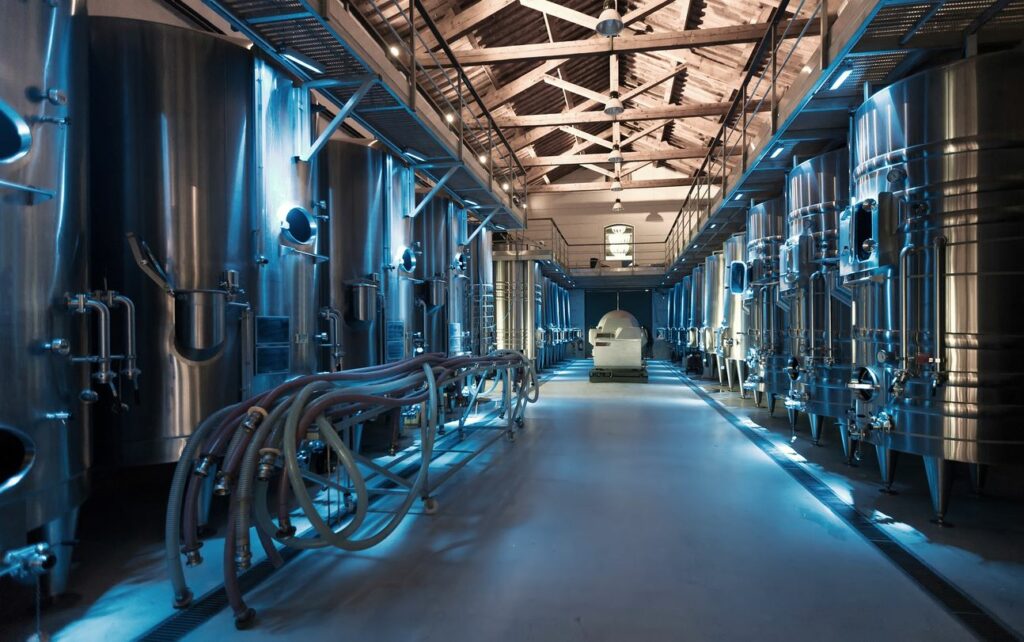
Some typical aging periods for Garganega wines include:
- Young and fresh: 2-4 months in stainless steel to preserve the fruity and floral notes
- Complex and structured: 6-12 months in oak barrels to develop richer flavors, sometimes with the addition of lees stirring (known as bâtonnage) to increase complexity.
In conclusion, the production of Garganega wine involves a careful balance of harvesting, fermentation, and aging processes. Each step contributes to the final wine’s unique character and style, showcasing the versatility and aromatic potential of the Garganega grape.
Renowned Garganega Wine Producers
Suavia is a well-regarded producer of Garganega wines, with a strong focus on single-variety wines. Their offerings emphasize the unique characteristics of the Garganega grape, showing off its natural acidity, citrus notes, and impressive aging potential. Some popular Suavia wines include Massifitti and Monte Carbonare.
Another respected producer is Anselmi, acclaimed for their modern approach to winemaking. Using innovative techniques, they create high-quality Garganega wines that boast a rich bouquet of aromas. Their signature wines, San Vincenzo and Capitel Foscarino, are highly sought after for their delightful taste profiles.
Here is a list of other noteworthy Garganega wine producers:

| Producer | Signature Wine |
|---|---|
| Suavia | Monte Carbonare |
| Anselmi | Capitel Foscarino |
| Pieropan | La Rocca |
| Gini | La Frosca |
| Inama | Vigneto du Lot |
| Tamellini | Le Bine Longhe |
| Filippi | Castelcerino |
These producers have managed to create exceptional Garganega wines that are both true to the grape’s natural expression and representative of their distinct terroir. If seeking Garganega wines in the future, consider starting your journey with these esteemed winemakers.
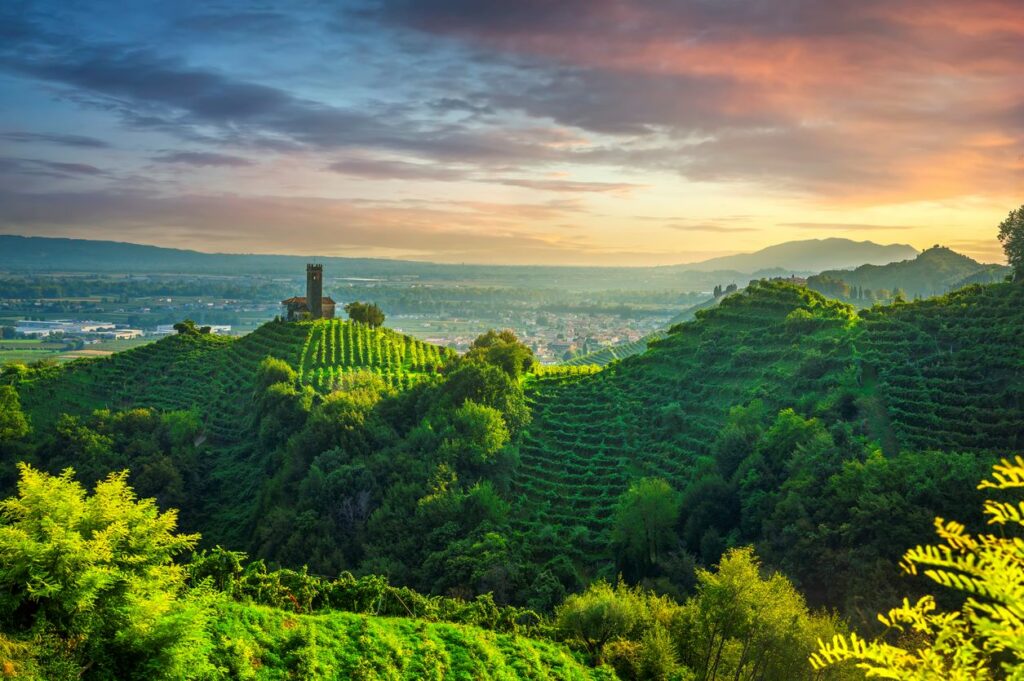
Garganega Wine Varieties
Soave
The Soave wine variety is produced in the Soave region in Veneto, Italy. It is the most famous and widespread variety of Garganega wine. The primary grape used in Soave wine is Garganega, which contributes to at least 70% of the blend, while other grapes such as Trebbiano di Soave or Chardonnay can be added to enhance the flavor profile.
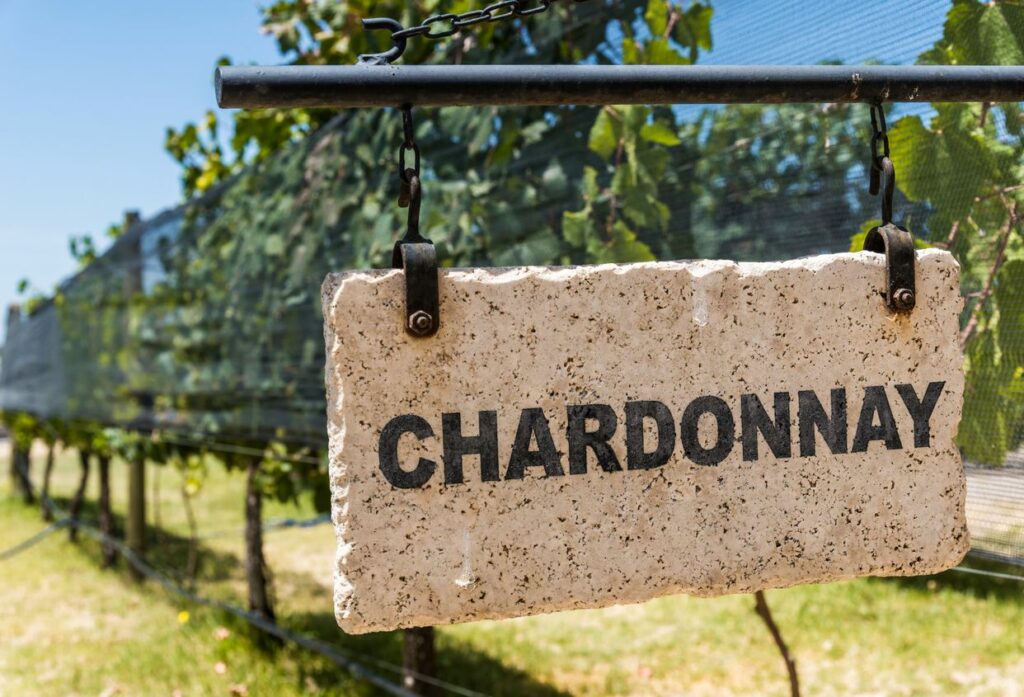
Soave wines can be classified into three categories:
- Soave: This is the standard version, typically light-bodied with crisp acidity and floral or fruity flavors.
- Soave Classico: Produced exclusively from grapes grown in the original, hilly Soave Classico region, these wines offer a slightly more complex and concentrated flavor profile.
- Soave Superiore: Representing the highest quality, Soave Superiore wines must adhere to stricter production criteria, including lower yields and longer aging periods.
Gambellara
In the Gambellara region, also located in Veneto, Italy, the Gambellara variety of Garganega wine is produced. The wines from this region share some similarities with Soave, though there are a few key differences.
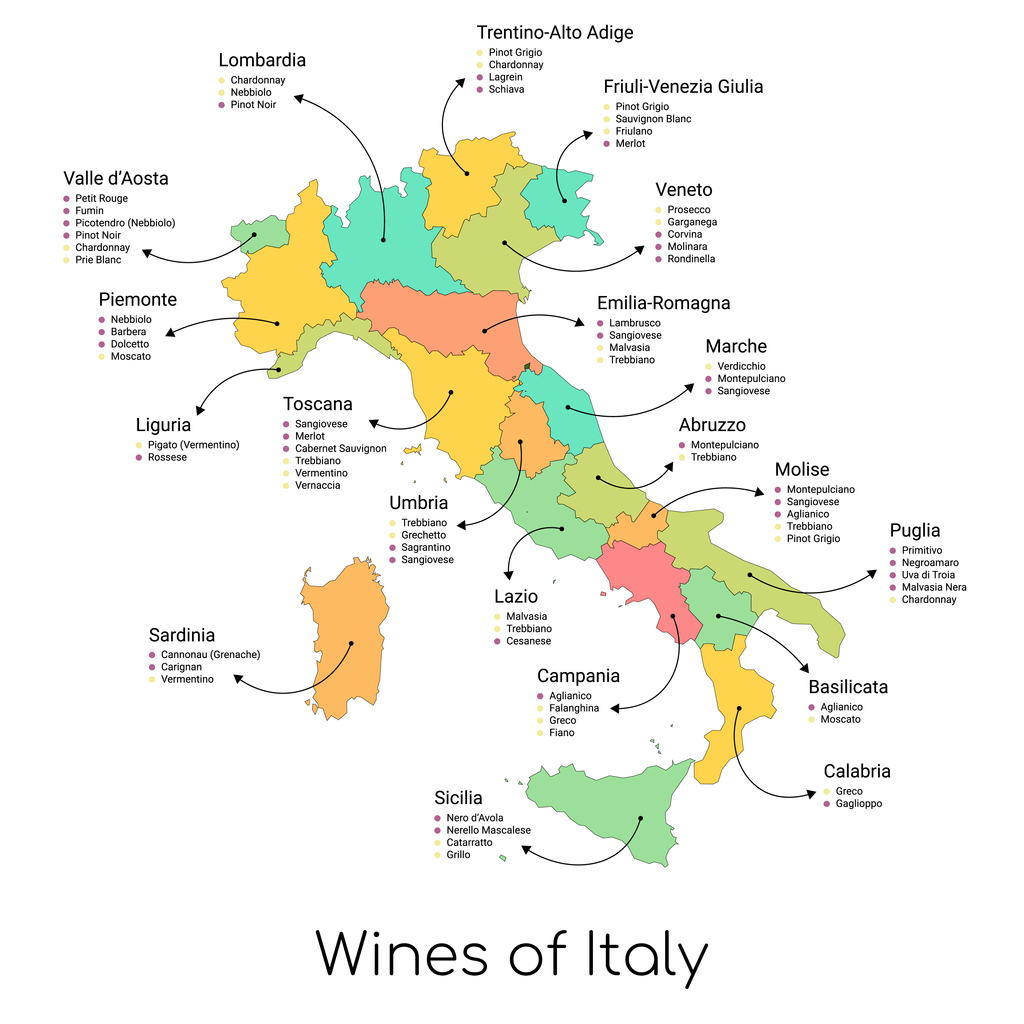
| Soave | Gambellara | |
|---|---|---|
| Primary Grapes | Garganega (70% minimum), Trebbiano di Soave, Chardonnay | Garganega (90% minimum), other local varieties |
| Flavor Profile | Floral, fruity, citrus flavors | Peach, apple, pear, almond notes |
| Soil | Volcanic and limestone | Primarily volcanic soil |
Gambellara wines, due to their predominantly volcanic soil composition, tend to exhibit more minerality and depth compared to their Soave counterparts. Additionally, Gambellara wines are predominantly monovarietal, relying almost exclusively on the Garganega grape.
In conclusion, both Soave and Gambellara offer unique expressions of the Garganega grape, with Soave wines presenting a lighter, fruitier profile while Gambellara wines display more minerality and complexity.

Tasting Notes for Garganega Wine
Garganega wine, deriving from the Garganega grape, is a versatile white wine originating in Italy’s Veneto region. This wine can range from light and crisp to bold and complex, depending on its production style. The following paragraphs will touch upon the key aspects of Garganega wine’s taste profile.
Aroma & Flavor Profile:
Garganega wine’s aroma and flavor palette vary depending on the winemaker’s choice of vinification methods. However, some common notes include:
- Fruity: Green apple, pear, citrus fruits (lemon and lime), and melon.
- Floral: White flowers, such as acacia and jasmine.
- Mineral: Wet stone, flint, and saline undertones.
- Herbal: Fresh-cut grass, hay, and almond.
- Honeyed: This note typically emerges when the wine is aged on its lees or produced using the passito method.
It should be noted that the intensity of these flavors can vary based on factors like terroir and aging process.
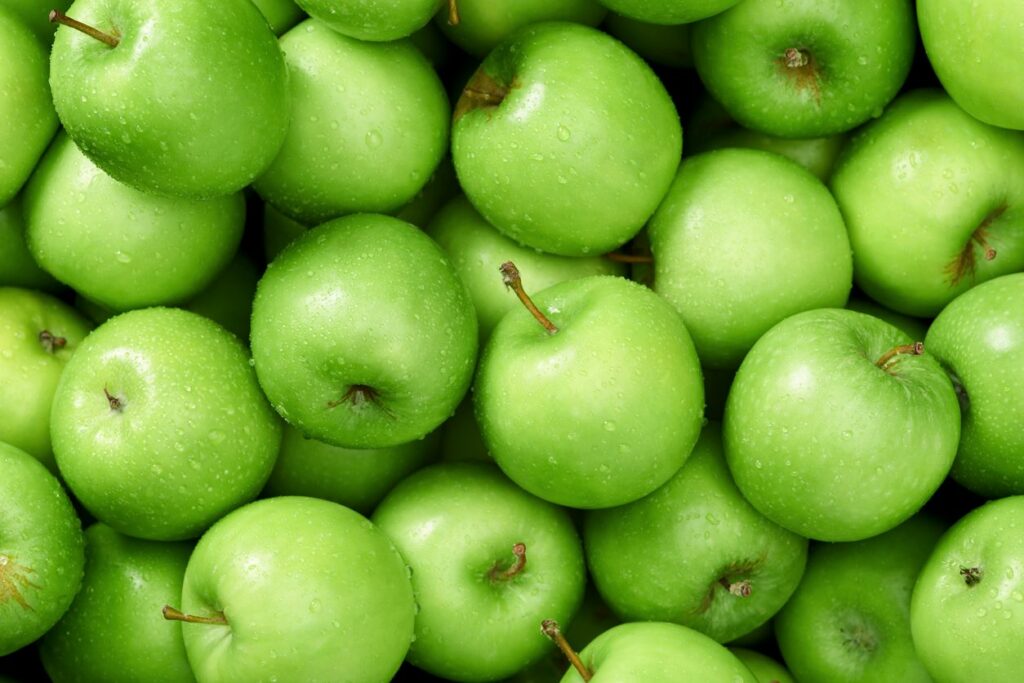
Texture & Mouthfeel:
Garganega wine usually presents a medium to high acidity, contributing to its refreshing and crisp mouthfeel. It can showcase a light-to-medium body, depending on factors such as oak aging and alcohol content. When produced with the passito method or aged on its lees, Garganega wine can develop a more rounded and textured mouthfeel.
Garganega Food Pairings:
Given Garganega’s distinct flavor profiles and textures, it pairs well with a wide variety of dishes. Here are a few options to consider:
- Seafood: Grilled or baked fish, shellfish, and seafood pasta dishes.
- Vegetarian: Salads, vegetable risottos (such as asparagus or pea), and roasted vegetables.
- White Meat: Grilled chicken, turkey, or light pork dishes.
- Cheese: Soft to semi-hard cheeses, such as mozzarella, brie, or young pecorino.
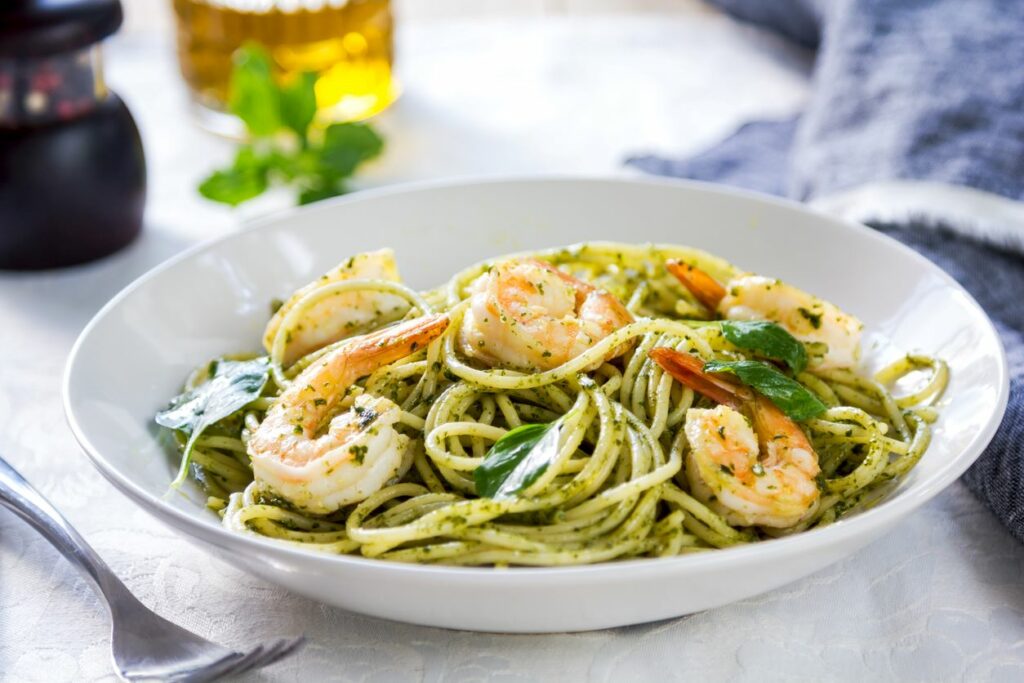
In conclusion, Garganega wine boasts a diverse array of flavors and textures, making it a multifaceted white wine perfect for a variety of food pairings.
Food Pairings of Garganega wine
Garganega wine, being a versatile white wine, offers a wide array of food pairings to delight your palate. The wine’s high acidity and citrus flavors blend seamlessly with various dishes, allowing you to create remarkable culinary experiences.
Seafood is perhaps the most popular pairing option for Garganega wine. Its zesty notes complement the subtle and fresh flavors of fish and shellfish, enhancing the overall taste of the meal. Consider the following options:
- Grilled white fish: The delicate taste of fish like cod or halibut goes well with the citrusy and mineral notes of Garganega.
- Shellfish: Clams, mussels, and scallops all make for an excellent match due to their natural brininess and rich textures.

Light appetizers also offer perfect opportunities for Garganega pairings. Here are some suggestions:
- Caprese salad: Garganega’s crisp acidity balances the creaminess of fresh mozzarella, while its fruity flavors elevate the taste of ripe tomatoes.
- Charcuterie boards: Bold flavors of cured meats and various cheeses are delicately enhanced by the wine’s citrus and mineral notes.
For main courses, the wine’s versatility continues to shine. Consider pairing Garganega with pasta dishes, risottos, or light poultry:
| Dish | Description |
|---|---|
| Pesto pasta | The aromatic basil and the richness of pine nuts harmonize with Garganega’s fruity and acidic elements. |
| Mushroom risotto | Earthy mushroom flavors contrast with the wine’s brightness, creating a satisfying blend of tastes. |
| Chicken piccata | Garganega’s acidity counters the tangy lemon and caper sauce, enhancing the overall flavor balance. |
When it comes to vegetarian dishes, there are numerous possibilities as well. Garganega complements vegetable-based dishes such as:
- Grilled vegetables: Asparagus, zucchini, and bell peppers taste even more delightful when paired with Garganega’s fresh, zesty character.
- Salads: Leafy greens, herbs, and other vibrant ingredients find balance with the wine’s acidity and fruitiness.
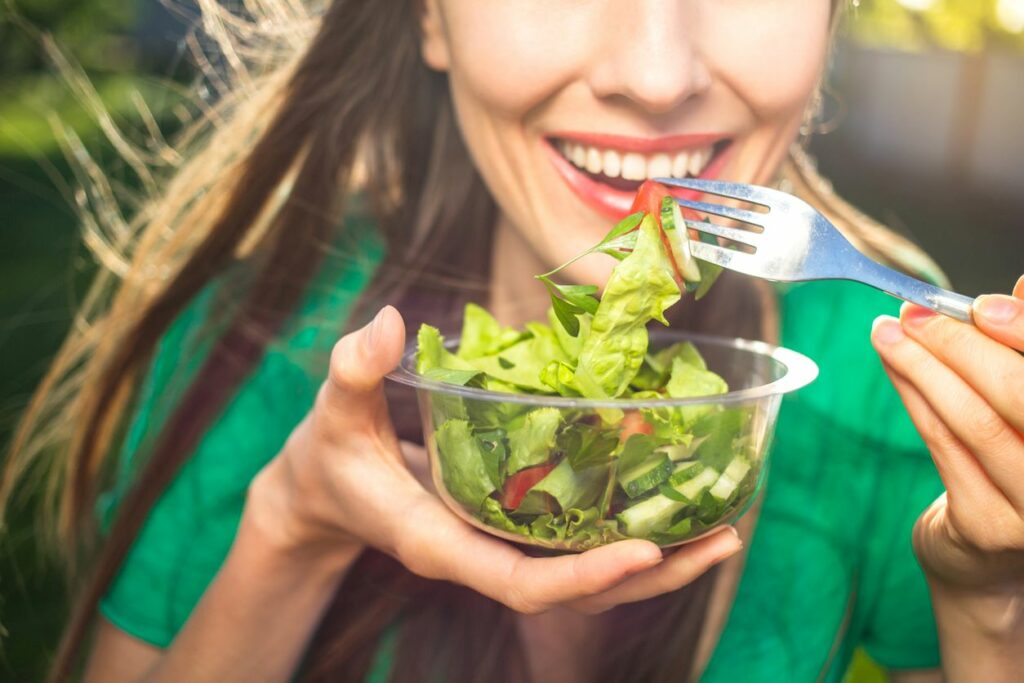
It’s clear that Garganega wine offers a bounty of pairing possibilities. From seafood to pasta and vegetables, your dining experiences can only be enhanced by this delightful white wine.
Storing and Serving Garganega Wine
Storing Garganega wine requires attention to temperature, humidity, and lighting conditions. It is essential to store wine bottles in a cool and dark place, ideally within a temperature range of 12-15°C (54-59°F). Keep the humidity at 60-70% to prevent the cork from becoming too dry and allow for slow oxidation that helps improve the wine’s flavor.
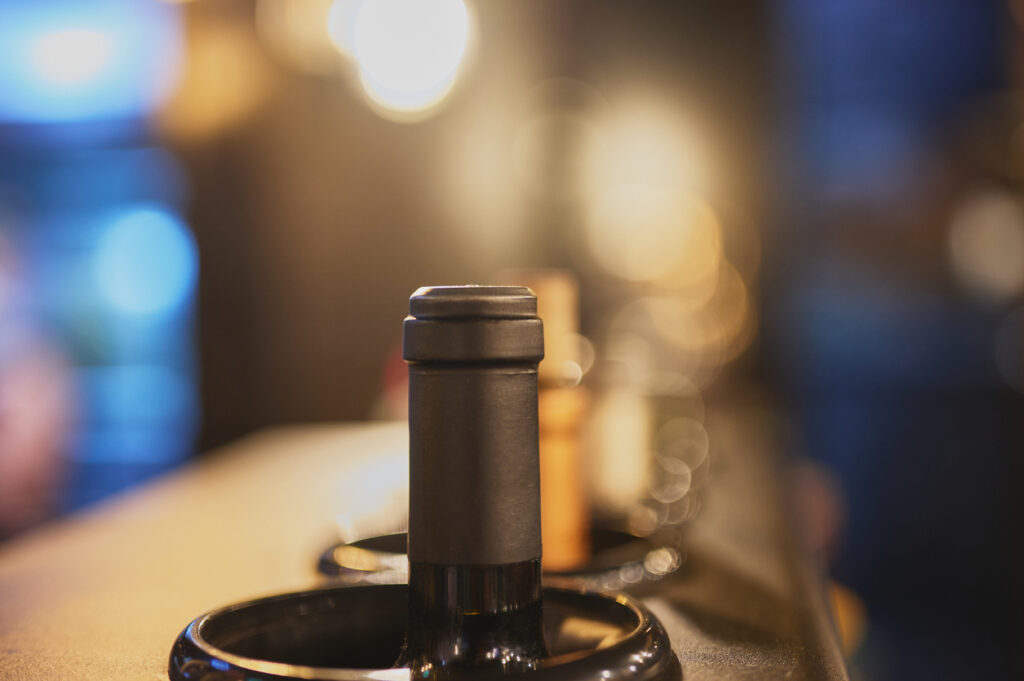
When it comes to serving Garganega wine, follow these guidelines:
- Serving temperature: Serve Garganega wines chilled, at around 8-10°C (46-50°F). This enhances the wine’s acidity and refreshing white fruit flavors.
- Decanting: As a white wine with relatively low levels of tannins, Garganega typically does not need decanting. However, if desired, decanting can be performed to remove sediment or to aerate the wine, giving it a more expressive character.
- Glassware: Use a white wine glass with a smaller bowl and a narrower rim. This will concentrate the wine’s aromas and channel them more effectively to the nose, enhancing the overall tasting experience.
- Food pairings: Garganega wines pair well with a variety of seafood dishes, salads, and light pasta dishes. Some examples include:
- Seafood: Shrimp, scallops, or crab cakes
- Salads: Arugula with lemon vinaigrette, or spinach with walnuts and goat cheese
- Pasta: Linguine with clams, or fettuccine with lemon-butter sauce.
Remember, you can also enjoy Garganega wine on its own, as a refreshing aperitif or as a delightful way to unwind at the end of the day.
Frequently Asked Questions
What are the main characteristics of Garganega wine?
Garganega wine is known for its delicate, crisp, and refreshing qualities. It often showcases flavors and aromas of citrus, green apple, pear, and almond, accompanied by subtle floral and mineral notes. The wine’s acidity levels are typically medium to high, making it a versatile and food-friendly option.
Which food pairs well with Garganega wine?
Garganega wine pairs exceptionally well with various seafood dishes, such as grilled fish, shellfish, and sushi. It can also complement lighter dishes, such as salads, vegetable-based pasta, and risotto due to its acidity and delicate flavors. Creamy or soft cheeses, like goat cheese or mozzarella, can also enhance the wine’s characteristics.
What is the typical alcohol content of Garganega wine?
The alcohol content of Garganega wine generally ranges between 11% and 13% ABV. However, individual variations may occur depending on factors such as the terroir, vintage conditions, and winemaking practices.
Which Italian wine regions are known for producing Garganega wine?
Garganega wine is predominantly produced in the northeastern region of Italy, specifically in the Veneto region. The Soave DOC and Gambellara DOC, located in the province of Verona, are particularly well-known for producing high-quality Garganega wines.
How does Garganega wine differ from Trebbiano wine?
Garganega and Trebbiano are two distinct Italian white grape varieties. Garganega wines tend to be more elegant, lighter-bodied, with a slightly higher acidity, and exhibit delicate citrus and floral characteristics. In contrast, Trebbiano wines are often more robust, featuring herbal and stone fruit notes. However, both varieties can produce versatile and food-friendly wines.
What is the aging potential of Garganega wine?
The aging potential of Garganega wine varies depending on the winemaking style and the specific wine. Many Garganega wines are intended for early consumption, often within 1-3 years of bottling. However, higher-quality examples with greater concentration and structure can age for up to 10 years, developing more complex flavors and aromas over time.

